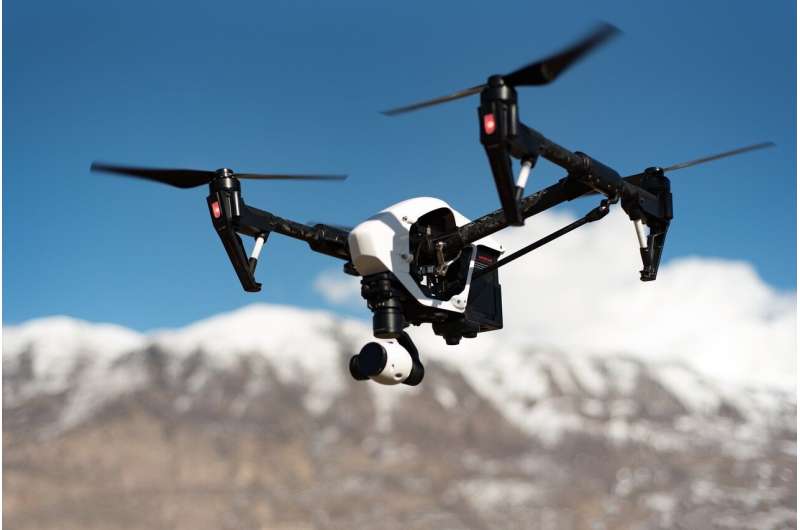Better teleoperations with a less complicated system

Bilateral teleoperation systems are complicated robotic systems that allow people to perform tasks remotely or in hard to access environments. They can be used in various fields including entertainment systems, industrial machinery, drones, and even surgeries that are performed by doctors who are not in the same physical location as their patients. Making such systems less complicated while carrying out their tasks successfully is a key factor for improving the teleoperation performance and experience.
A team of international researchers tackled this challenge by proposing a new control algorithm and proved that it is possible to reduce the complexity of the bilateral teleoperation systems while keeping its performance successful.
The authors published their results this September in IEEE/CAA Journal of Automatica Sinica, a joint publication of the IEEE and the Chinese Association of Automation.
The authors focused their study on state convergence, a type of algorithm that is widely used in modeling teleoperation systems and the interactions occurring within a system. It is also considered an elegant design procedure through which the teleoperation systems can function in an autonomous way and impose a desired dynamic behavior between a "master" device that humans operate and a "slave" device, the device or robot that carries out the action remotely ordered by the "master."
Compared to standard state convergence, the authors used a less complicated version of the algorithm called the composited stated convergence scheme by reducing the number of communication channels between the master and the slave devices, yet still achieved the desired outcome—the dynamic response that was expected of the teleoperations system. According to the authors "a reduced complexity version of the state convergence scheme has not yet been reported in previous studies."
The authors then tested and proved their theories in simulated environments with a single degree-of-freedom system, a system that is able to accomplish one type of action as designed. The authors also conducted comparative studies and their results showed that the proposed system showcased a better transient performance.
Next, the authors will continue to test the new system's ability and potential to withstand different conditions and analyze results derived from parametric uncertainties.
More information: Muhammad Usman Asad et al. A composite state convergence scheme for bilateral teleoperation systems, IEEE/CAA Journal of Automatica Sinica (2019). DOI: 10.1109/JAS.2019.1911690
















